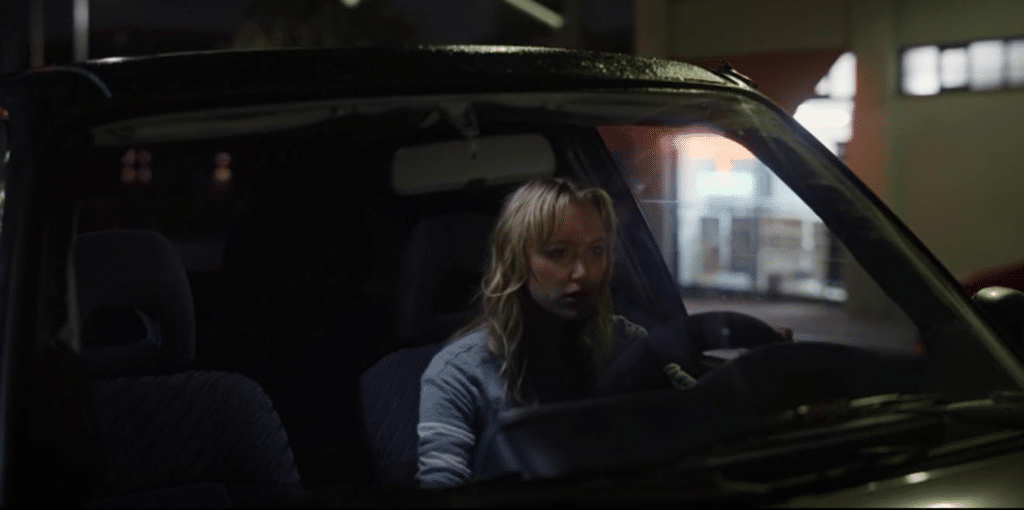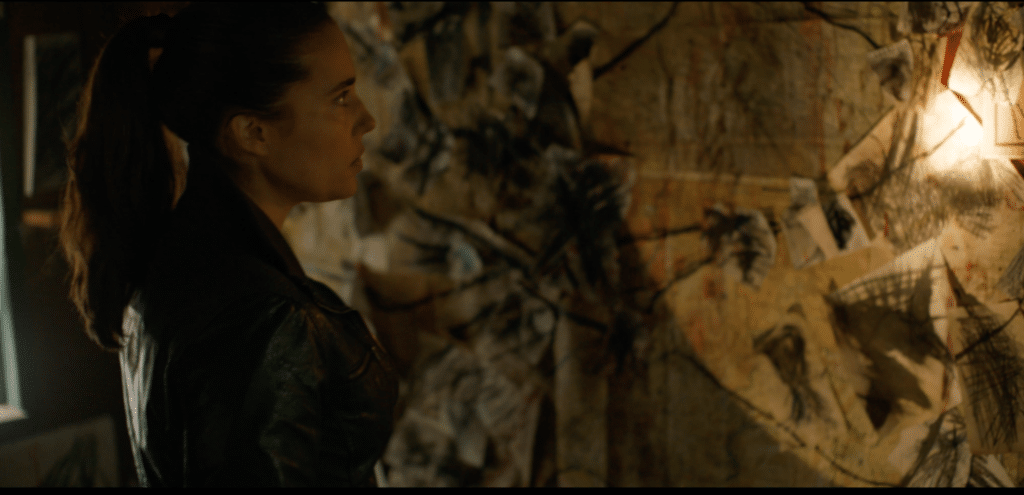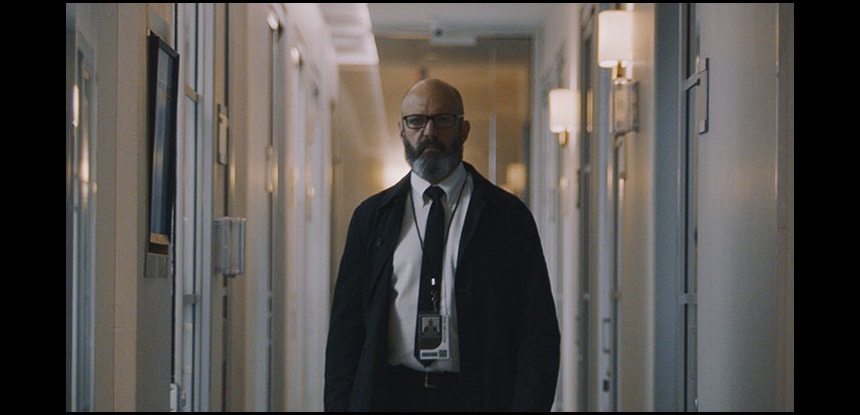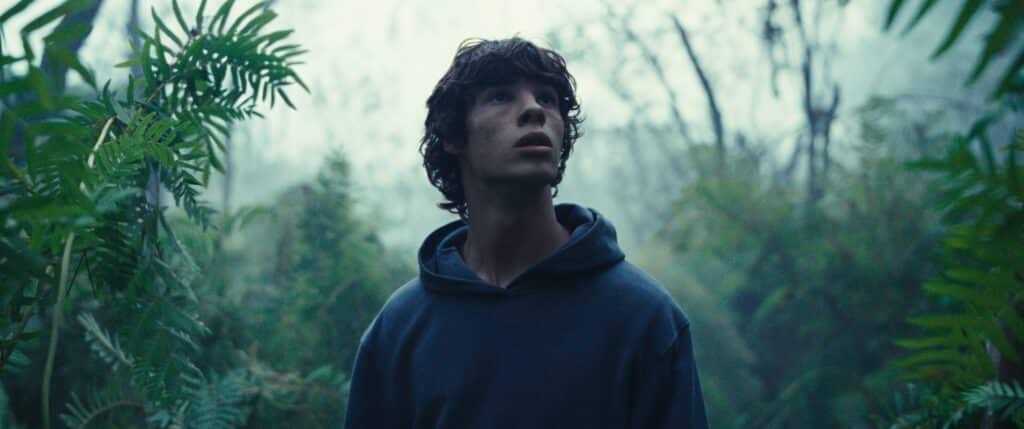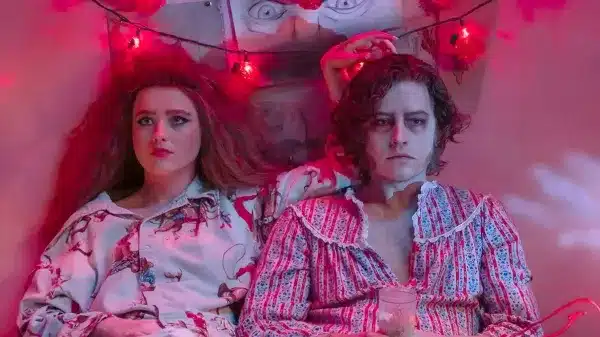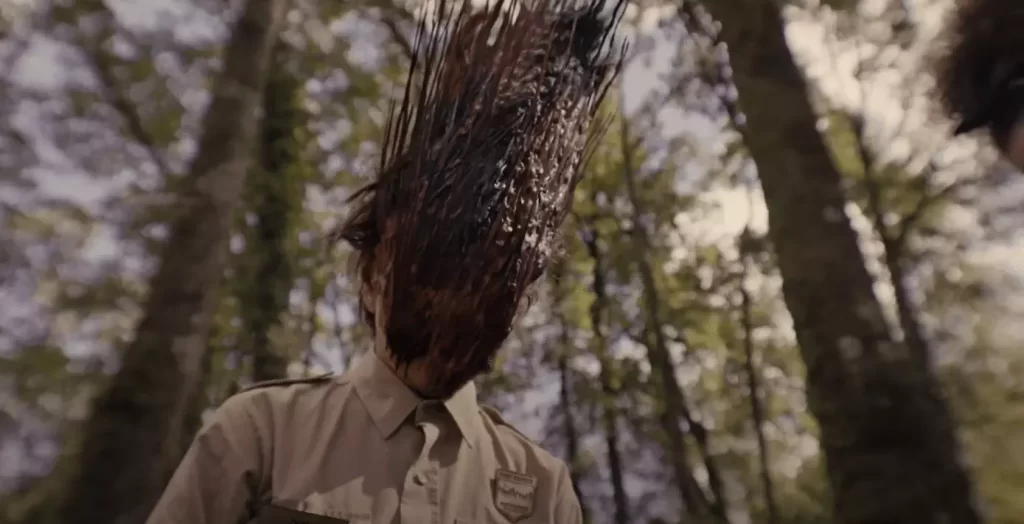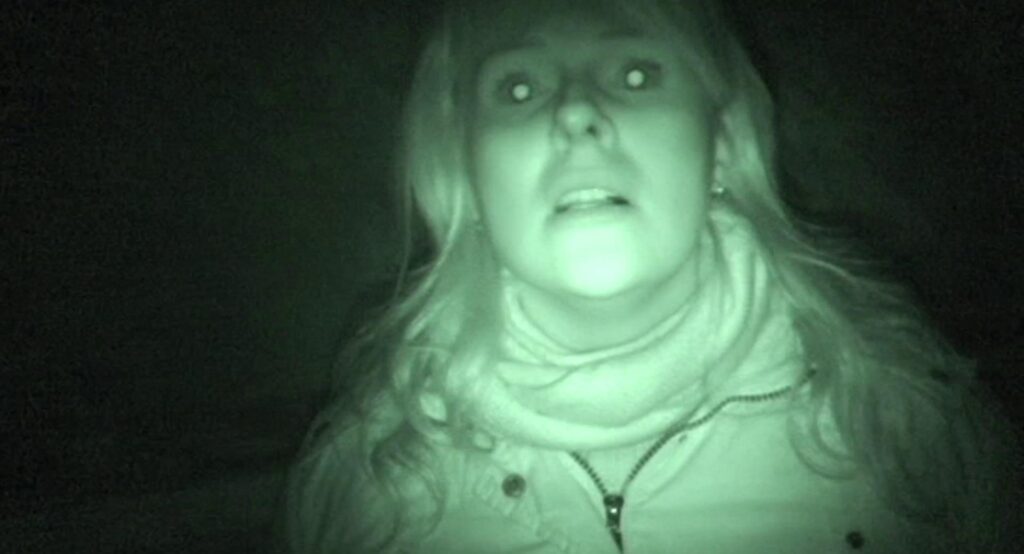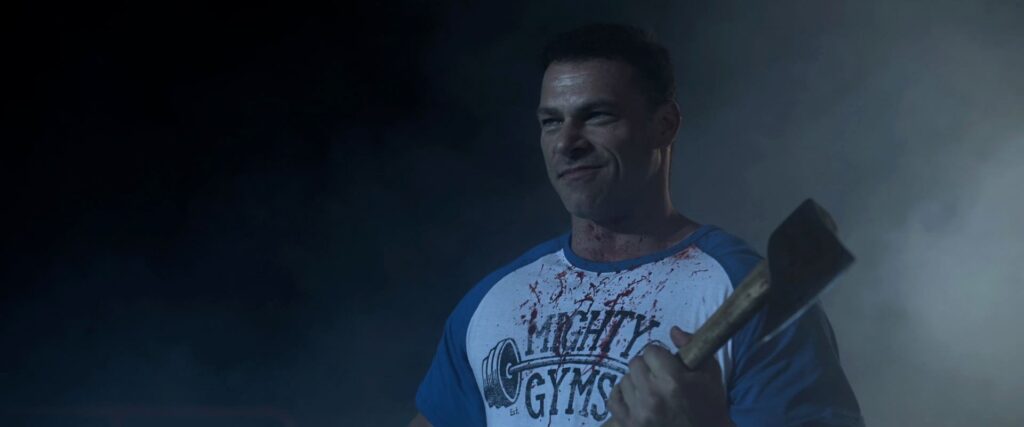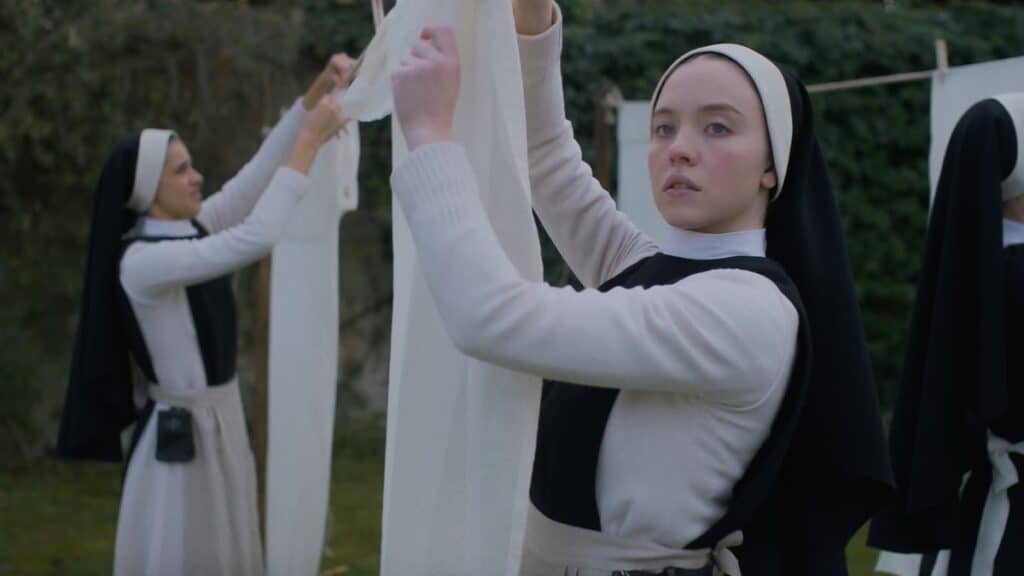
A project ten years in the making, Immaculate finally hit theaters this year and is now available for streaming. The project, which started back in 2014, unfortunately found itself in “development hell” instead of running as slated, and the film was postponed indefinitely. After Sydney Sweeney’s breakout role as Cassie in the HBO MAX drama series Euphoria (2019), she used her own funds to purchase rights to the screenplay and approached one of her recurrent collaborators, Michael Mohan, for direction. Directed by Mohan, who is said to have used inspiration from his own Catholic upbringing in his direction of this feature, written by Andrew Lobel, and produced by Sweeney, the three put their heads together to deliver one of the more interesting religious takes to pass through horror recently. Not relying on some of the same old possession tropes or exorcism, Immaculate is a slow burning religious sensation brought to life by a restrained yet powerful performance from Sweeney and the talented women around her.
Seated in front of a portrait of the Virgin Mary, Sister Mary (Simona Tabasco, The White Lotus) is praying. Grabbing her shoes and a bag, she slips into the bedroom of an elder sister, stealing away a ring of old keys. With everything in hand, Sister Mary makes a dash through darkness to the main gates where she begins trying key after key to escape from the convent grounds. Though she finds the right key, the gates are chained, and soon Sister Mary is overtaken by hooded figures. Waking up and lighting a match and finding she is in a confined space, a coffin in fact, this is claustrophobic to the max as we realize the Sister has been buried alive. The opening credits somberly play over the screams of the trapped woman, preparing us for what’s to come.
Sister Cecilia (Sydney Sweeney) is dealing with customs, a nightmare in itself, as she arrives in Italy, speaking a little Italian to the custom officer’s surprise. Picked up by a local, Sister Cecilia enjoys the sights of the city and countryside as she is driven to her destination through a somber, holy sounding score. Once they’ve arrived, the convent is stunning, a beautiful and pristine structure populated only by the devout. Sister Cecilia is immediately approached by Mother Superior (Dora Romano, Perfume: The Story of a Murderer), rapidly speaking Italian which the young woman doesn’t understand. A nun accompanying the Mother Superior quickly says the woman was only saying Cecilia was pretty, introducing herself coldly as Sister Isabelle (Giulia Heathfield Di Renzi). Sister Isabelle leads Cecilia to her quarters, explaining that Our Lady of Sorrow was founded in 1632 as a refuge for elder sisters in their final days to be as far from fear and sickness as possible. All of this built is over catacombs which are, of course, of limits.
Cecilia is taken aback by how casual the attitude towards death is, but Isabelle assures that death is only a natural part of her duties. After some more ground rules, Cecilia is excited and ready to settle in, but Sister Isabelle says that Cecilia is “sweet” and not in a complimentary way. Isabelle is sure this all looks like a fairytale, but she ensures that the work is demanding both physically and emotionally, and even offers Cecilia the opportunity to back out, with the Lord’s forgiveness. Disagreeing, Cecilia begins to settle in and to introduce herself to new Sisters around the convent, like in the restroom, where Cecilia is taken off guard by the lively Sister Gwen (Benedetta Pocaroli, Baby), sneaking off for a smoke break. They engage in polite banter, Cecilia revealing she is from Detroit and that her old parish had closed due to low attendance, leaving the girl without a feeling of family—until Father Sal Tedeschi (Álvaro Morte) invited her to the convent, leading Gwen to say he has a talent for “sniffing out broken birds.”
That evening, everyone gathers and Cecilia meets with the Father, excited to take her vows. Understanding virtually none of what the lead priest is saying, Father Sal translates for her, bestowing a rosary upon her, and accepting the girl’s vows; as she kisses the ring, it all seems sealed. Sister Cecilia and Father Sal talk more about the past after the ceremony, and he volunteers his own past, saying he was a man of science that was presented with an alternate path to God. At age 12, Cecilia walked out onto some ice to play a game when the ice broke, and Cecilia was declared dead for seven minutes. From this experience, she believes God saved her for a reason. That evening, Cecilia hears a noise and is prompted to enter a strange hall to find a person sprawled on the floor. Approaching the unmoving figure, Cecilia asks if they need help, turning their face to reveal they are silently chanting through a red mask. In a flash, the Mother Superior is behind Cecilia, speaking in broken Italian: the words “You have questions” and “I try” come through. Handing her what appears to be a rusty, large nail used in crucifixion, the only message that comes through loud and clear from the Mother is, “Suffering is love.”
Led by a cast of powerfully holy rollers, Immaculate is filled with compelling performances that help hold together its complicated story. Sydney Sweeney is out of the archetype box of the “blonde bombshell” here; she is gentle, thoughtful and authentic in her demure presentation. Luckily, with her upcoming schedule, we will likely see her in some more thriller style movies soon. The women that orbit Sweeney are just as engaging as the lead herself, with Di Renzi taking on the cold, cynical and envious Isabelle, and Pocarolli playing one of my favorite rule-breaking, smoking, fun loving nuns. Costumery is dead on with spotless, gorgeous religious finery in the forms of flowing gowns and shining rosaries swaying with the songs of church choirs. It reminded me of the brilliant red hues, maze-like corridors and veiled witches of Suspiria, which also focuses on the recruitment of gifted young women.
Atmospheric and bizarre are two words I would use to describe the overall feel of this film. It likely won’t go far past this, as the film as a whole is unfortunately short on scares. The storyline seems like it wants to tread a formulaic path at times, but by the final act, you will either be stunned or disappointed in the startling revelations brought to light. I will say that the story does get to be a bit outlandish, but the two camps of faith and science actually pair nicely for a retelling of an age-old story. With a soundtrack to savor, performances to engage, and an elusive mystery to follow, you might be so enamoured by the end that its abruptness and simplicity might not seem so substandard in terms of endings. With Sweeney demonstrating her range in yet another successful movie in a different genre, she nearly singlehandedly brought this project back to life and assembled her dream team to turn it into a reality, even including her own family in some scenes. If you like things traditional, this movie has those aspects for you, but for those of you that are looking for a completely different perspective on the religious horror genre, take a gamble with the daring Immaculate and its brilliant cast, now available to rent on Amazon Prime and Apple TV.
